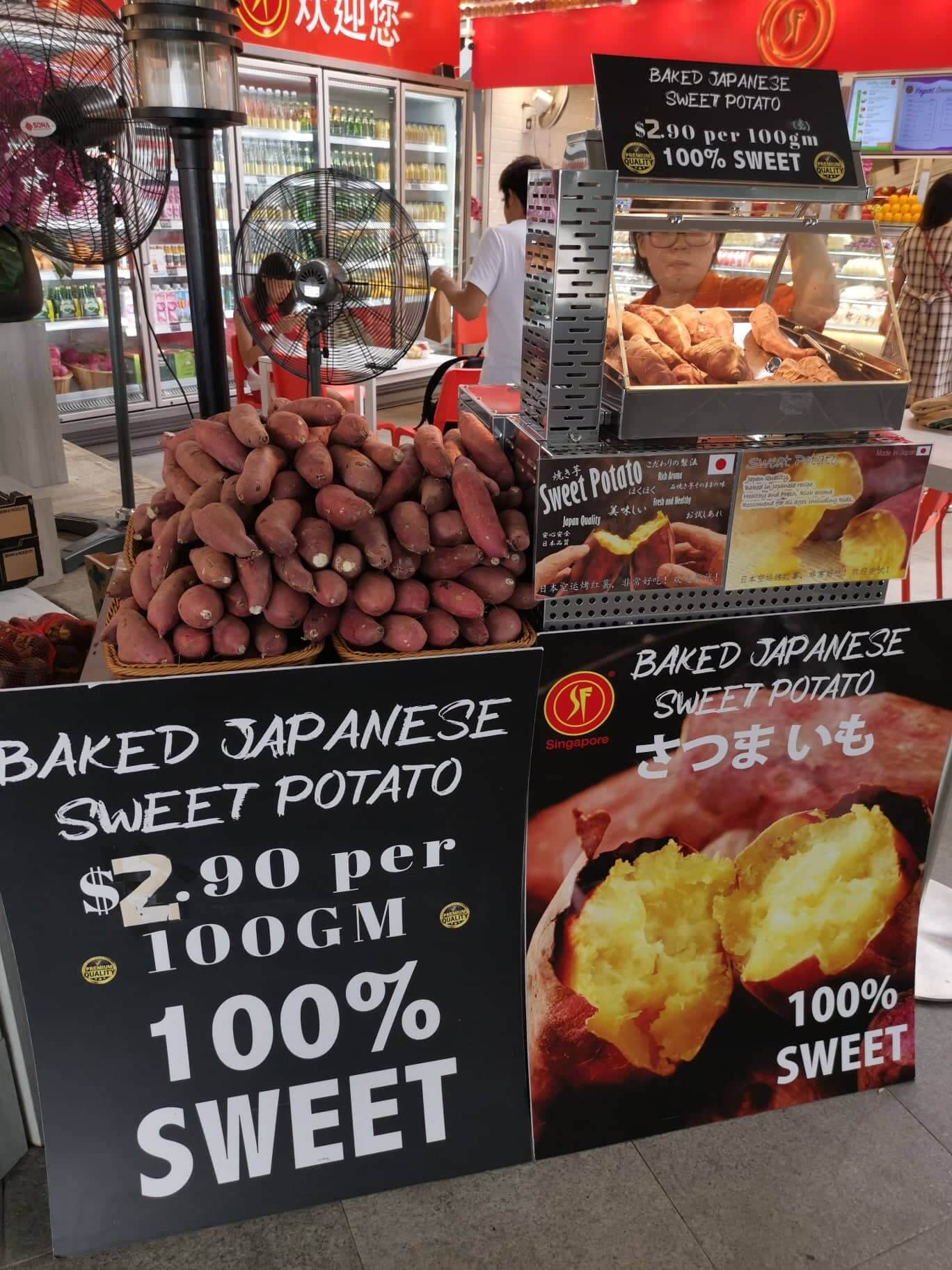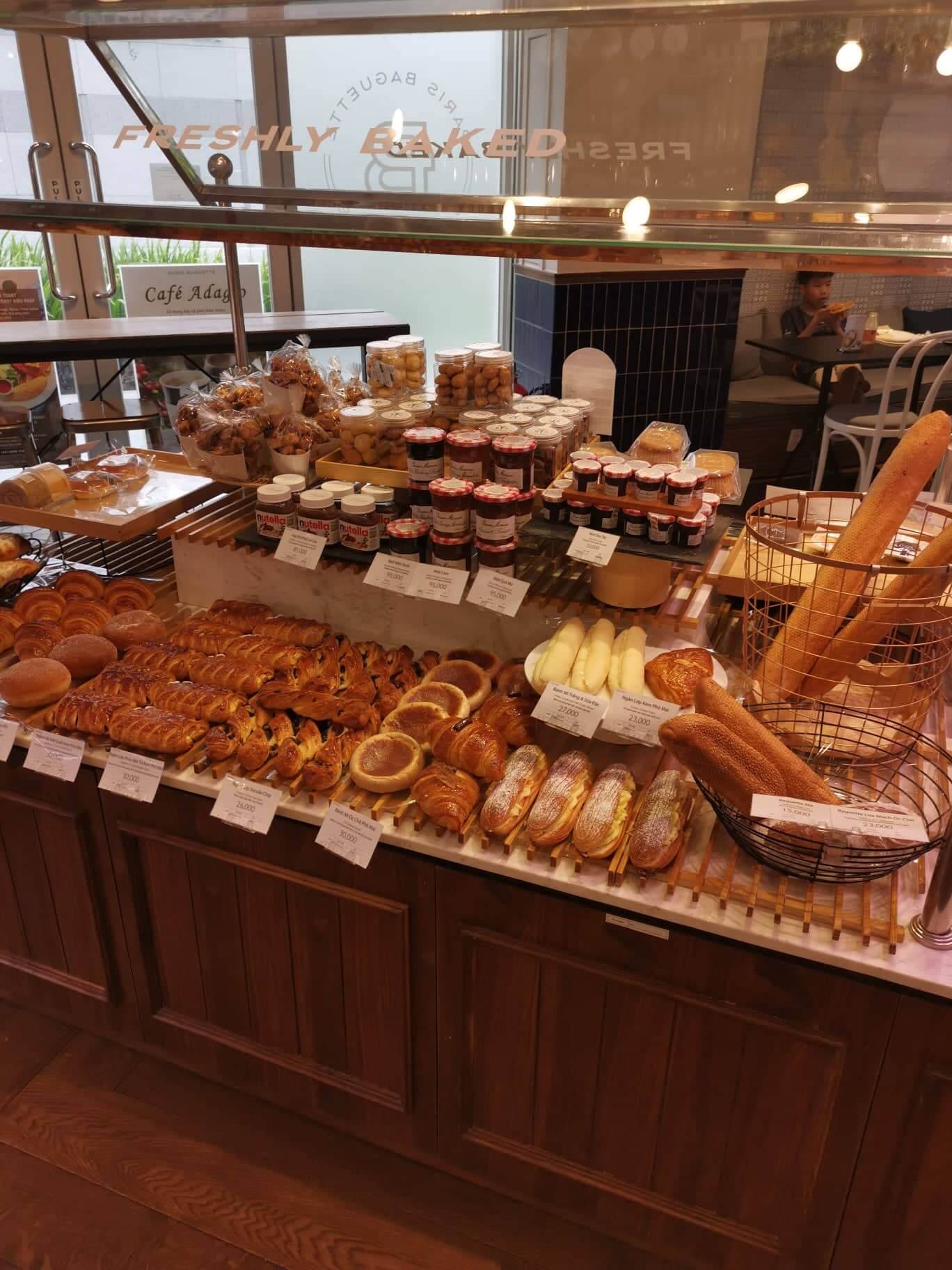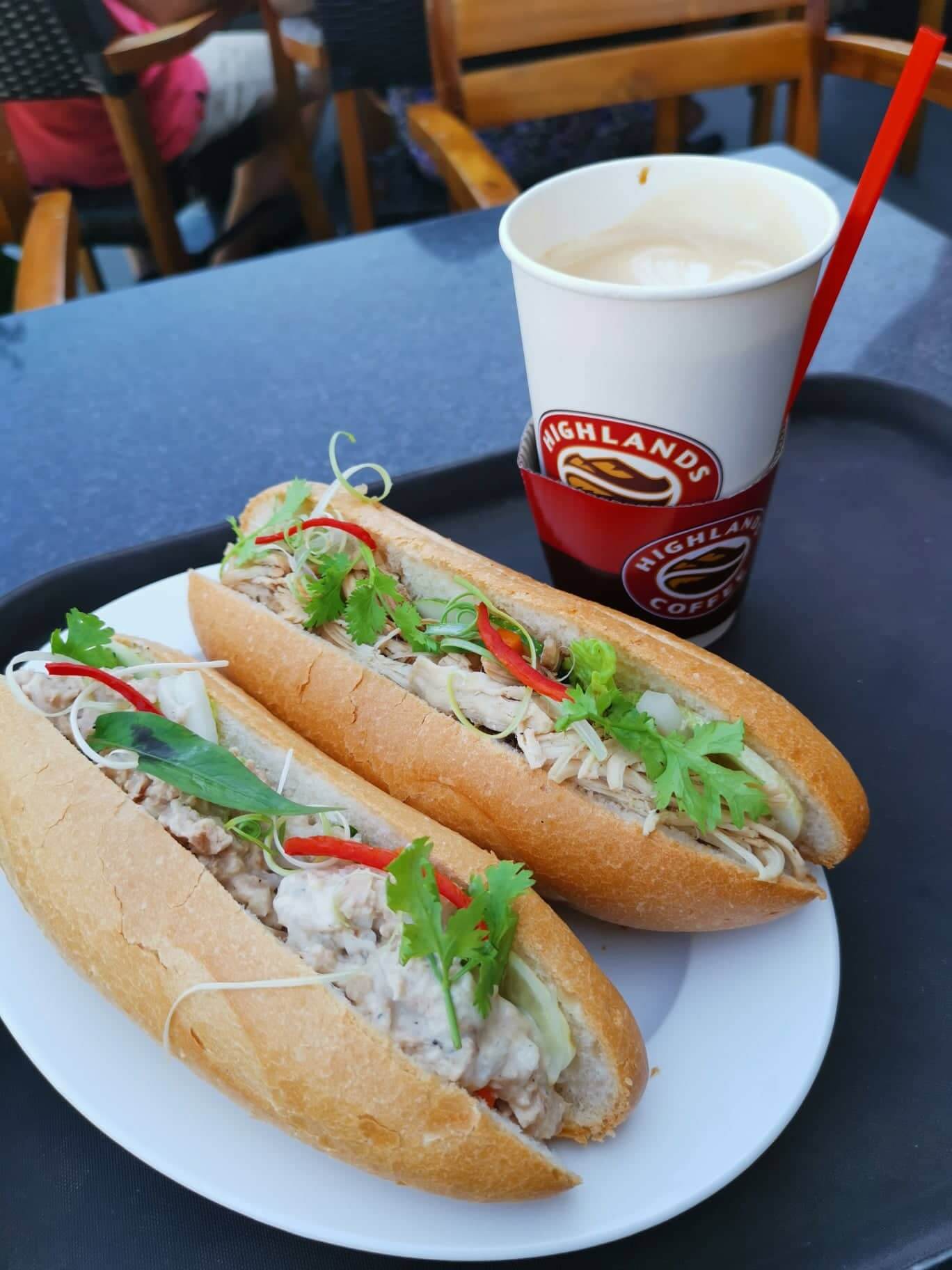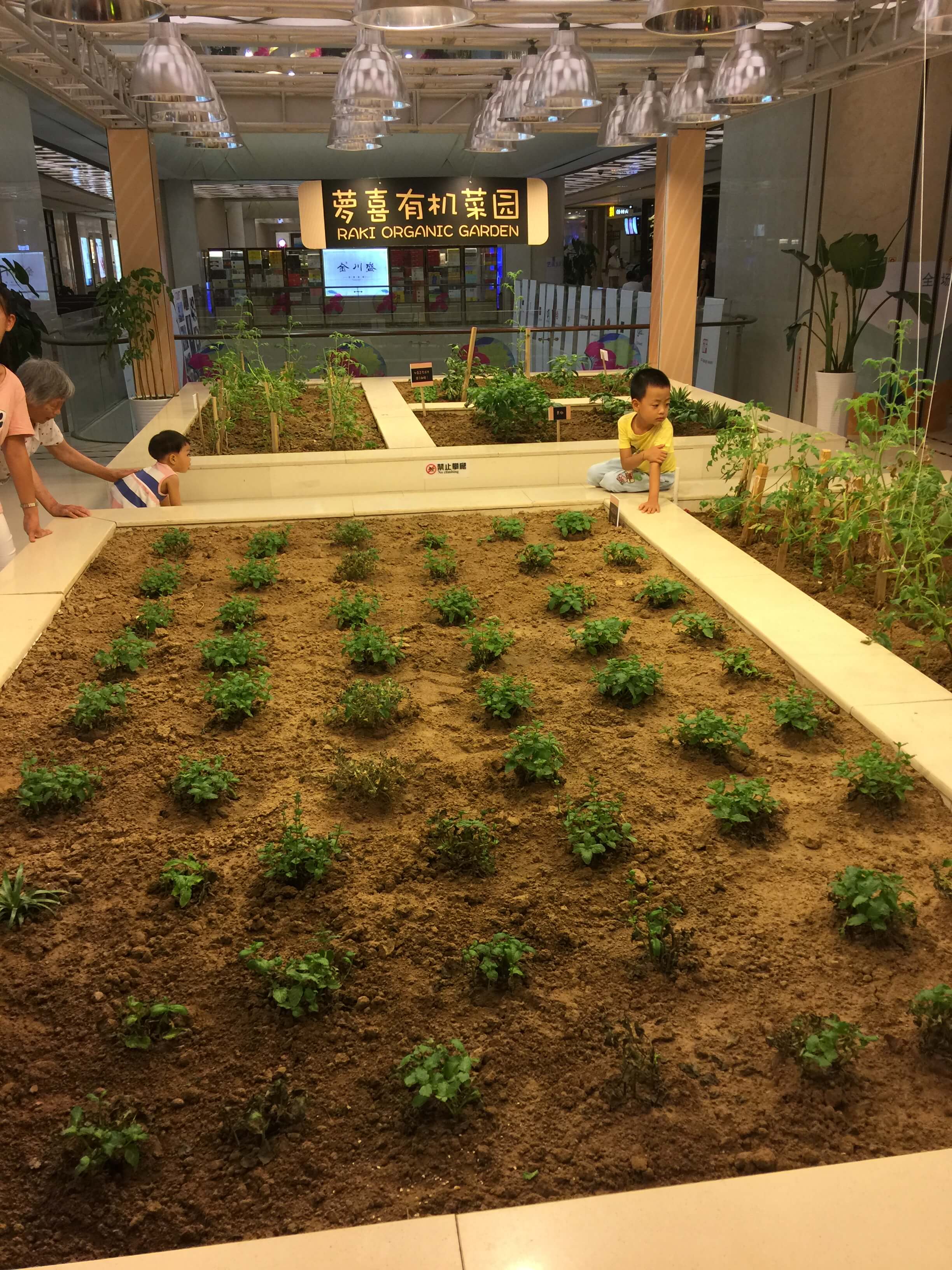Culinary revolutions - Asia - Longings - part 1
As it is the fifth day of the rainy season outside the window, I decided to sum up my culinary impressions when it comes to the overall Asian cuisine.
It will be a subjective report from six years in Asia and a reference to common opinions that I knew before going to Asia, and capturing the differences and similarities to Polish and partly European cuisine.
We have to admit that we have a few stereotypes about Asian cuisine. A large part of these stereotypes was formed on the basis of our experience in Asian restaurants in Poland and in Europe:
- when we talk about sushi, we mean Japan
- sweet and sour fish is the most common in Thailand
- rice, of course, all of Asia
- crow's feet, of course, China
- mangoes are mainly the Philippines but also Malaysia
- spring rolls, of course, Viet Nam
it would be a long time to recall our culinary associations.
I, on the other hand, would like to focus on the similarities and differences.
As this is going to be a review of subjective opinions, let me take turns dispelling or maybe building new ones about what Asian cuisine looks like.
I will start with what I miss in Asia.
Imagine it.
A Pole comes to Asia, brought up on smoked meats, hams, tenderloins and various other similar delicacies.
After about a month, she begins to miss these flavors. So he enters the supermarket and sees: wonderful sausages similar to kabanos sausages, sausages similar to dry meats such as Krakowska or Żywiecka.
Packed nicely in heat-shrinkable foil, looking very appetizing. Beautiful color of meat, white eyes of fat. Just paradise.
Tempted by such a view, I bought a whole package of sausages that look like kabanos.
Equipped with a beer, I sat down to the evening feast.
What was my surprise at the first bite, it was even hard to imagine ... the sausage was preserved with sugar ...
This was the first difference that I had the opportunity to experience quite unexpectedly in China. Moreover, it concerns smoked meats that I like so much.
And this is probably one of the basic differences that I noticed between Asian and Polish cuisine. Both meat and cold cuts of various kinds are preserved either with soy sauce with the addition of fish sauce and sugar or with sugar only.
It was an undoubted shock for me, and maybe more for my taste buds.
It was the first and the last time I bought any from the local market,
cold cuts in Asia.
As for the preservation of meat and other products with sugar, I can understand.
Salt, as you remember, in both the ancient Roman Empire and the Middle Ages was very expensive and only available as rock salt in Europe. It was mined in industrial quantities in Poland, which at that time was a salt power in Europe. Salt was called "white gold" and its transport routes were described as "salt routes". The value of salt during this period was very high, salt was paid for services and goods, and the word "Solaria" was coined in ancient Rome and southern Europe to mean payment.
In Asia, at that time, it was common, is, and probably will continue to be, the cultivation of sugar cane, so local raw materials were simply used to create a mixture (using soy sauces) to preserve meat and food for the winter. Especially in central and northern China, where, after all, we are dealing with four seasons and quite a long winter.
It is true that we had a German sausage shop and a Japanese bakery in Qingdao, so there was access to cold cuts and bread, although this is another important difference between Europe and Asia.
In Asia, bread is generally not eaten, and if anything, it is in the form of toasted bread, which is so commonly eaten in America for breakfast. Moreover, it is primarily wheat or rice bread, so it is not entirely tasty and healthy.
Rice is a standard item of almost every meal in Asia. In my opinion, the proud exception is Viet Nam. Viet Nam, due to its proximity to French culture, in a sense imported the Baguette culture and thus the bread culture. So in Viet Nam it is much easier to find bread, a baguette and at the same time Banh Mi, is a national specialty, a short baguette that is primarily eaten for breakfast but also a great snack during the day. I personally love it.
Banh Mi with tuna or chicken is my favorite.
There is also a street version, the most popular, where the roll is smeared with lard, enriched with mint, lemongrass, and brawn, leather scraps, bacon and many other additions to choose from. With an average price of VND 15,000, or about PLN 2.50, it is a great form of a meal on the go.
So when it comes to bread or bread in general, in Asia you will only get baguettes and toast bread that have been culturally imported by the French and Europeans.
Such real bread, baked in a bakery, slightly salty, with a crispy crust, as is the case in Poland, is practically not found in Asia. Specialist bakeries are an exception here, but here too, bread is still far from tasting in Poland. At the same time, the price of the loaf is simply stunning. You have to pay between 15 and 50 zlotys for a loaf of bread. Will you agree with me that this is a slight exaggeration?
In Southeast Asia, things are a bit different. Here, the vegetation lasts all year round, rice harvest takes place three times a year, which makes rice the basis of Asian cuisine for centuries. Rice is a grain or flour, which is the basis of all pasta. It is the basis of the Asians' daily menu.
Another experience
The second element of longing is potatoes. Especially the young once.
In Asia, potatoes are called sweet potatoes and are sweet. This is a completely different variety to the one we grow in Europe. Moreover, the potatoes we know, apart from Vietnam, do not exist in Asian cuisine as a base for a meal.
Currently, thanks to tourists or many foreign workers from Europe and the United States, potatoes are available in stores and of course you can buy them. What's more, you can also find European specialties such as potato salad in restaurants and bars. It can therefore be said that Asian cuisine takes on a certain European color.
Thus, comparing the cuisine of years ago, potatoes were not present particularly in cooked form, while sweet potatoes, as sweet potatoes, are very popular, especially in China. At the corner of many streets, you can meet people selling this type of potato from a portable grill or from a grate mounted on a metal barrel. For the price of 2 yuan, which is about 1 zloty, you can take one potato, such as baked in a fire. If you are in Asia, especially in China, I highly recommend hot sweet potatoes, sold from a typical barrel grill. They taste delicious.
Another area in which we both have something in common, which is very different from Asia, is the area of silage.
When we talk about sauerkraut in Asia, the first association is kimchi, or Chinese sauerkraut, very spicy in taste due to the addition of chili pepper.
This is probably the first association. OK, we have the silage, it is Chinese sauerkraut pickled in Korea and known as "kimchi". The Japanese use the same method. However, this is, in some ways, an exception in Asia. Apart from Koreans, in fact, no one else is chewing cabbage.
However, when it comes to pickles, in fact, both in Viet Nam and in China, we have certain fermented vegetables, e.g. sour white radish, sour carrots or radishes.
On the other hand, sauerkraut, typically Polish, with carrots, with an extremely subtle taste, we will not meet the whole of Asia.
The same is true for pickled cucumbers. You won't meet them all over Asia. I found only pickled pickles, known here as "German" or "Russian".
Such a curiosity at this point.
I bring a mixture of spices from Poland, or maybe more a mixture of dried vegetables for pickling cucumbers. A bag of this mixture contains dill, horseradish root, garlic, currant and oak leaves. In any case, it is a mix ready to pickle pickles and it works. For the past two years, using fresh local cucumbers, which are available all year round, I have made them myself as low-salt and pickled, which can last a little longer in a jar.
When cooking on your own, you can prepare many Polish dishes based on generally available ingredients: meat, vegetables and spices. An example is chicken soup, almost identical to the Vietnamese Pho soup, which I wrote about in this article. Dishes or salads based on carrots, salads, cabbage or eggplants are also not a problem. Everything is available, fresh and grows all year round. Also radish and kohlrabi, which taste like ours, Polish, are also available all year round. So there are things that resemble and I am very happy about it.
What is missing to be fully happy is celery, leaf parsley, its parsley and dill.
When preparing, for example, Easter in Asia, I do not have the option to add celery to a vegetable salad, so I use celery, specifically the bottom part of the stems.
Interestingly, a few years ago I brought seeds from Poland. Parsley seeds, celery, and dill. We tried to cultivate our backyard garden. Unfortunately. The situation was the same each time - the seeds were sprouting, the first leaves came out, the vegetables tried to grow, but they turned black very quickly. Probably the lighting conditions and the difference in climate do not serve Polish vegetable seeds.
But this is not the time to miss all those things too much.
Asian cuisine offers unusual flavors, colors and aromas. In some areas, we find further similarities to Polish cuisine. However, many remain significantly different from what we know in Europe.
And I will write about it in the next part of this article. Stay "tuned".
Bon appetite, masiyahan sa iyong pagkain!
More new articles
Pages created with WebWave















